Propagation of the Houbara Bustard
PROPAGATION OF THE HOUBARA BUSTARD
EDITED BY
M. SAINT JALME and Y. VAN HEEZIK
ART DIRECTOR
P. PAILLAT
PHOTOGRAPHS BY
X. EICHAKER
AND THE STAFF OF THE NATIONAL WILDLIFE
RESEARCH CENTER
First published in 1996 by
Kegan Paul International
This edition first published in 2011 by
Routledge
2 Park Square, Milton Park, Abingdon, Oxon, 0X144RN
Simultaneously published in the USA and Canada
by Routledge
711 Third Avenue, New York, NY 10017
Routledge is an imprint of the Taylor & Francis Group, an informa business
National Commission for Wildlife Conservation and Development 1996
All rights reserved. No part of this book may be reprinted or reproduced or utilised in any form or by any electronic, mechanical, or other means, now known or hereafter invented, including photocopying and recording, or in any information storage or retrieval system, without permission in writing from the publishers.
British Library Cataloguing in Publication Data
A catalogue record for this book is available from the British Library
ISBN 10: 0-7103-0518-4 (hbk)
ISBN 13: 978-0-7103-0518-3 (hbk)
Publishers Note The publisher has gone to great lengths to ensure the quality of this reprint but points out that some imperfections in the original copies may be apparent. The publisher has made every effort to contact original copyright holders and would welcome correspondence from those they have been unable to trace.

List of Illustrations
Plates
Figures
List of Tables
Foreword
HIS ROYAL HIGHNESS PRINCE SAUD AL FAISAL
Minister of Foreign Affairs
Managing Director
National Commission for Wildlife Conservation and Development
Since the formation of the Kingdom of Saudi Arabia, the Government has shown a strong desire to preserve and protect its unique traditions for the benefit of its citizens. The fast pace of the Kingdoms development has produced positive effects in many sectors, such as agriculture, education and social services. However, the price of progress can often be costly in terms of the degradation of natural habitats leading to the decline of wildlife resources. Now that Saudi Arabia has stepped resolutely into the modern world, the wounds inflicted to our natural environment should be healed by restoring the traditional relations of man with nature.
This book will highlight the achievements accomplished in the short span of seven years by the staff of the National Wildlife Research Center in laying the foundation for environmental restoration.
Thanks to Professor Abdulaziz H. Abuzinada, Secretary General of the National Commission for Wildlife Conservation and Development, and to the dedicated research team headed by Jacques Renaud, the houbara propagation programme started in 1986 at the National Wildlife Research Center in Taif. At this time little was known about the houbaras environment and biology. Today this is no longer the case as we have accumulated much data through research and observations, enabling the conservation and development of this endangered species. We now know the houbara will not be destined for the history books but restored once again to take its rightful place within Saudi Arabia.
The captive breeding and reintroduction of the houbara bustard is the first step in a comprehensive programme of environmental protection and restoration of Saudi Arabias biodiversity. However, scientific research alone does not guarantee the success of such an enterprise, and the active support of the public should be raised by extending public awareness and environmental education in general. Our hopes are that the work so far accomplished by the National Wildlife Research Center will arouse the greatest interest among the young Saudi generation.
Preface
PROFESSOR ABDULAZIZ H. ABUZINADA
Secretary General
National Commission for Wildlife Conservation and Development
It gives me great pleasure to contribute to the preface of this book presenting the output of our very first conservation programme.
For centuries the houbara has beguiled the hearts and minds of people of the Arabian Peninsula. Traditional hunting with falcons for houbara was an integral part of life in the desert. Among early travellers and naturalists the houbara was admired and known for its spectacular display. Over the last few decades this species, so well adapted to desert environments, has suffered greatly with many others at the hands of man. Today the future of the houbara bustard is at stake, due to continuous degradation of its habitat by domestic livestock, and to increasing hunting pressure, even in its last retreats.
These continuous threats and the poor prospects for the species in the wild led to the establishment of the National Wildlife Research Center. Initiated by His Royal Highness Prince Saud Al Faisal and executed by Mr Jacques Renaud, the initial goal was to secure the survival of the species through captive breeding.
As the book documents, this goal has now been reached by overcoming the many hurdles that accompany such operations. I hope that the success we have achieved in understanding the many enigmas of houbara breeding biology and physiology can now be transferred into a successful restocking and reintroduction programme, ultimately to restore this magnificent bird in the land of Arabia.
Today, the houbara bustard programme represents one of the pioneering projects that created the necessary momentum and motivation for the achievements that have been made by the National Commission for Wildlife Conservation and Development in protecting and restoring the countrys biodiversity. It is very encouraging to see the efforts that are currently underway by the National Wildlife Research Center to assist us in this challenging time.
As the Secretary General of the National Commission for Wildlife Conservation and Development, I witnessed the project since its inception, and it is very fulfilling to see the comprehensive scientific report presented here today. The information provided here will be instrumental in establishing our management policies for conservation of houbara bustard in Saudi Arabia.
Acknowledgements
The concept of this project has been supported by His Royal Highness Prince Sultan bin Abdulaziz Al Saud, Chairman of the Board of Directors of the National Commission for Wildlife Conservation and Development.
We thank His Royal Highness Prince Saud Al Faisal, Managing Director of the National Commission for Wildlife Conservation and Development, who initiated this project and whose continued interest has been a great support. We are also grateful to Professor Abdulaziz H. Abuzinada, Secretary General of the National Commission for Wildlife Conservation and Development for his guidance and support and to Dr Saud Al Shawaf for his invaluable assistance.
Drs M. de Reviers and B. Sauveur shared their knowledge of captive breeding with us, Dr T. Burke performed the fingerprinting studies, and Drs B. Andral, H. Gerlach and H. Gerbemann contributed to our understanding of houbara pathology.





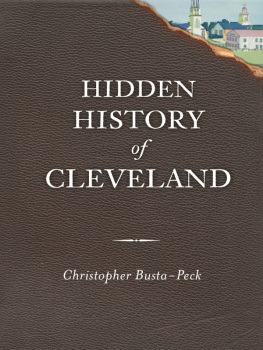
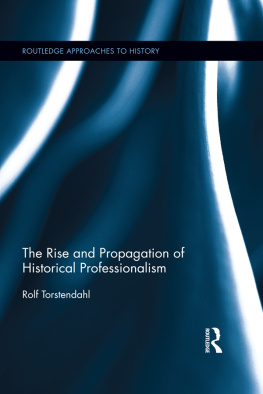

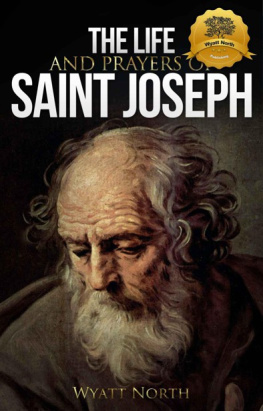

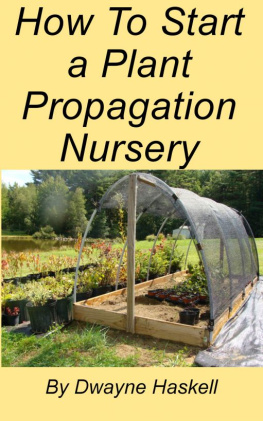
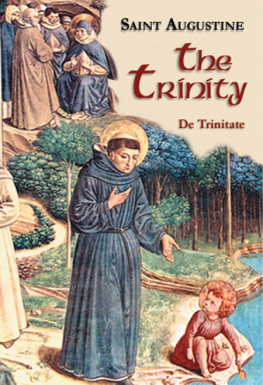
![Saint Alphonsus de Liguori - The Saint Alphonsus de Liguori Collection [30 Books]](/uploads/posts/book/134324/thumbs/saint-alphonsus-de-liguori-the-saint-alphonsus-de.jpg)

